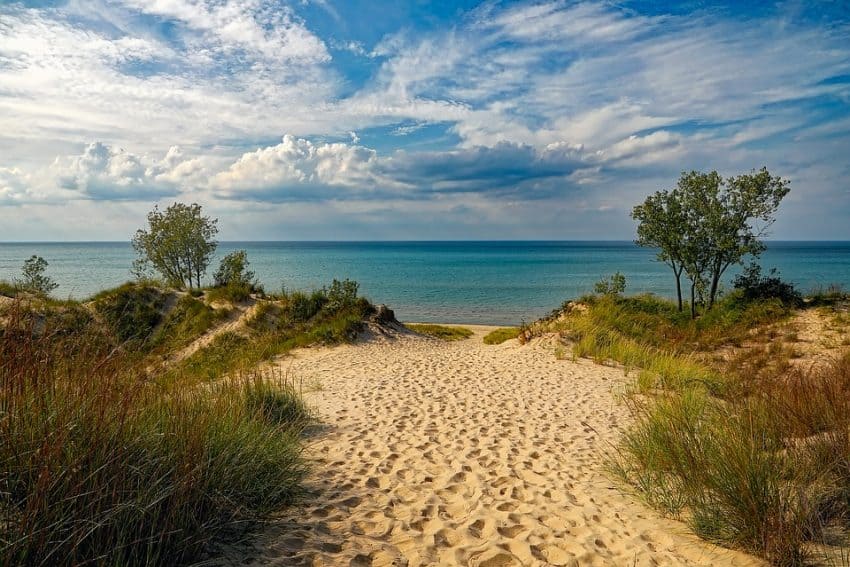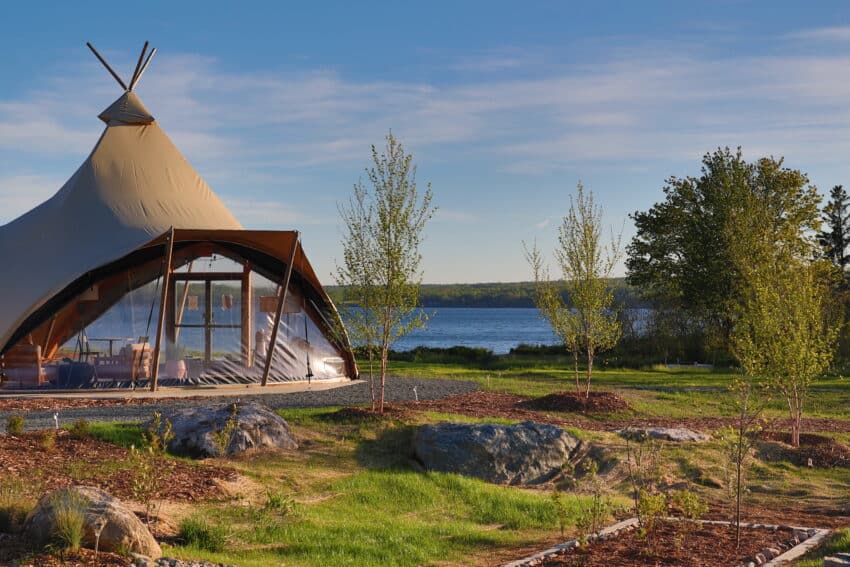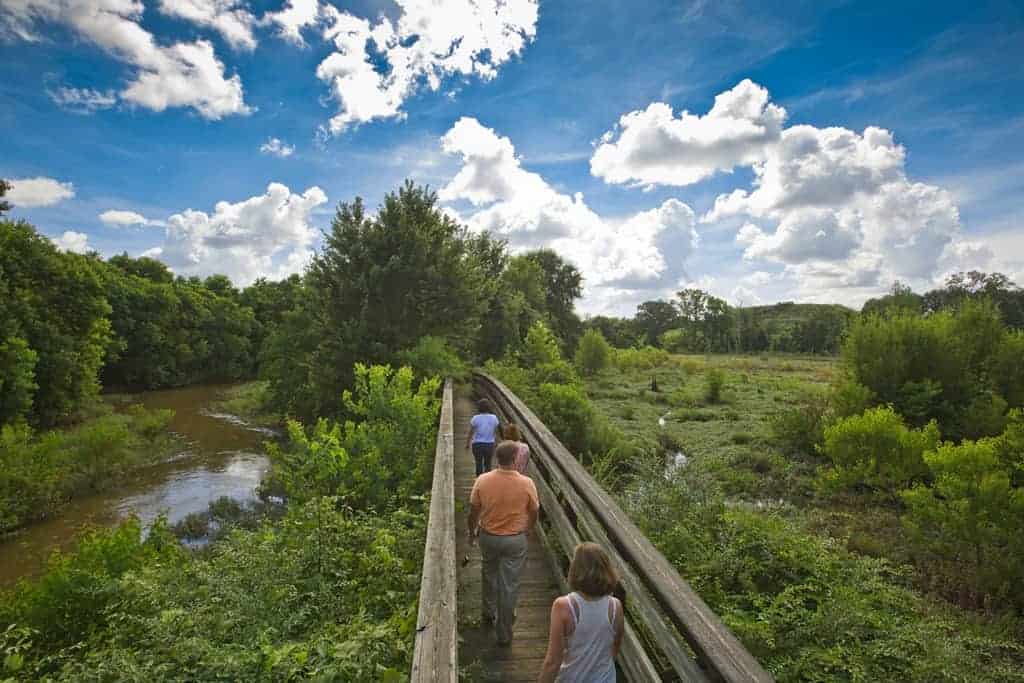
Indiana has a new national park, made up of Sand Dunes
By Kayla McMillan
Indiana Dunes National Lakeshore was officially renamed Indiana Dunes National Park, making it the 61st U.S. national park.

After a 103-year-long effort instigated by the US National Park Service, Indiana finally homes the newest national park.
This makes Indiana Dunes National Park, an area already populated by tourists, the first national park in the state.
With more than two million visitors a year exploring the 50 miles of walking trails through one of the country’s most biodiverse protected areas, it shouldn’t be a hard decision to visit this new national park.
Lake Michigan Shoreline
The park includes 15 miles of the Lake Michigan shoreline and 15,000 acres of beaches, woods, prairies, and marshes.
Visitors can find a range of activities with the varying landscape within the park including sledding in the winter, maple syrup making in the spring, and wildlife spotting throughout the year.
Visitors can enjoy hikes alongside coots, mallards, ducks, tree swallows, green herons, and more on the Great Marsh Trail System.

The dunes reach up to almost 200 feet high, with views of the Chicago skyline from several of the beaches. In the summer, visitors can kayak, swim, horse-ride, camp, and more while winter activities include cross-country skiing and snowshoeing.
Tony Czapla lives only a short 30-minute drive from the new national park and says that,
“The Indiana Dunes have long been the anchor of Indiana’s Cool North! Beachgoers can enjoy miles of sandy shores and nature lovers can walk endless trails through the beautiful oak forest.”
Czapla explained that his personal favorite thing to do after completing the Three Dune Challenge is to “stop and get a cool drink and a warm bite at Holly’s restaurant in Michigan City.”
The Three Dune Challenge is an extremely popular event at Indiana Dunes National Park where visitors from near and far challenge themselves to climb the three tallest sand dunes in the park.
The 1.5-mile challenge trail is the toughest in the park including a 552 vertical foot climb.
Formerly Indiana Dunes national lakeshore (designated in 1966), the name change takes effect immediately, and signs at the park will be updated as soon as possible.
Indiana may have been the 19th state to enter the United States, but it took until 2019 for the Hoosier State to get its first national park.
Already, Indiana Dunes is the state’s most-visited site, with about 3.5 million visitors per year, mostly from the region. “The great thing about the Indiana Dunes is that they are the perfect fit for everyone,” says Czapla.
Things to do at Indiana Dunes National Park

Indiana Dunes National Park has about 50 miles of trails that travel through the rugged dunes, wetlands, prairies, and forests for visitors to hike on.
There’s plenty of beaches to explore along the southern shore of Lake Michigan. At Central Avenue Beach, visitors can watch Bank Swallows flying from their nests in the spring and summer. Hike on the West Beach Trail System to discover beautiful views over the lake.
In the winter, Lake Michigan offers a fascinating view of the shelf ice that abounds the water.
Head up to West Beach for clear views of some of the area’s largest dunes, or hike up the Dune Succession Trail stairs that lead to the top of a dune to get an incredible view of Lake Michigan and the Chicago skyline.
Best Dune Activities
Indiana Dunes State Park is home to large sand dunes that have formed over thousands of years, with some of the highest dunes towering close to 200 feet over Lake Michigan.
This includes the tallest sand dune in Indiana, Mt. Tom, which towers 192 feet above the lake.
The Devil’s Slide is a popular sand dune in the National Park, especially in the winter when it transforms into a natural tubing and sledding hill. The Glenwood Dunes Trail System features interconnected loops that pass through rolling wooded dunes.
The best hikes for every season
Each season brings its own specialty to the national park. Throughout April and May, colorful wildflowers surround the Calumet River, while summer offers wonderful sunset views over the lake.
The Calumet and Porter Brickyard Bike Trails are decorated with fall foliage through September and October, with peak colors typically occurring around mid-October. Even in the winter, hikers can walk the same paths through the snow, giving them a higher chance of spotting animal tracks in the winter wonderland.
Make your own maple syrup
Indiana Dunes National Park is home to 1,130 vascular plants and holds 30 percent of Indiana’s rare and endangered plant species.
Early March is known as “Maple Sugar Time” at the park where visitors can see and smell the sugarbush and witness the process of producing syrup at the Chellberg Farm before purchasing their own bottle at the visitors center.
The park has sugaring activities from 10 a.m. to 4 p.m. on the weekends of March 2-3 and March 9-10 this year, with a pancake breakfast available to top with your freshly made maple syrup.
Activities for everyone

Located about an hour from Chicago, Indiana Dunes National Park is home to many other activities that include fishing, biking, horseback riding, boating, and bird watching.
The park is a popular location for those looking to scout rare bird species, and locations within the Tolleston Dunes Trail System are a popular stop for advanced skiers.
How was Indiana Dunes National Park formed?
Indiana Dunes National Park includes a variety of different terrains, which is the result of Lake Michigan’s formation over 11,000 years ago. The lake was formed through the slow melting of the Wisconsin glacier which created various fluctuations and a lowering of the lake level.
Eventually, this gave rise to seven different successive shorelines, creating beaches, sand dunes, and wetlands within the area.
Camping at Indiana Dunes National Park
Many visitors camp and fish at the dunes to relax after an activity-filled day. Travelers can camp overnight in the Indiana Dunes from April 1st to Nov.1st at the Dunewood Campground. This campground features 66 campsites – 54 drive-in and 12 walk-ins.
The campsite includes restrooms and showers for a $25 fee per night. They are offered on a first-come basis. Travelers can stay up to 14 days within a 30-day period, and pets are allowed as long as they are attended to.
- Discover Cambodia: Lavender Jeep Style - May 22, 2019
- Inside the Prison that Once Jailed Nelson Mandela - May 17, 2019
- Jeju Island Korea: the Beautiful Island of the Gods - May 14, 2019



